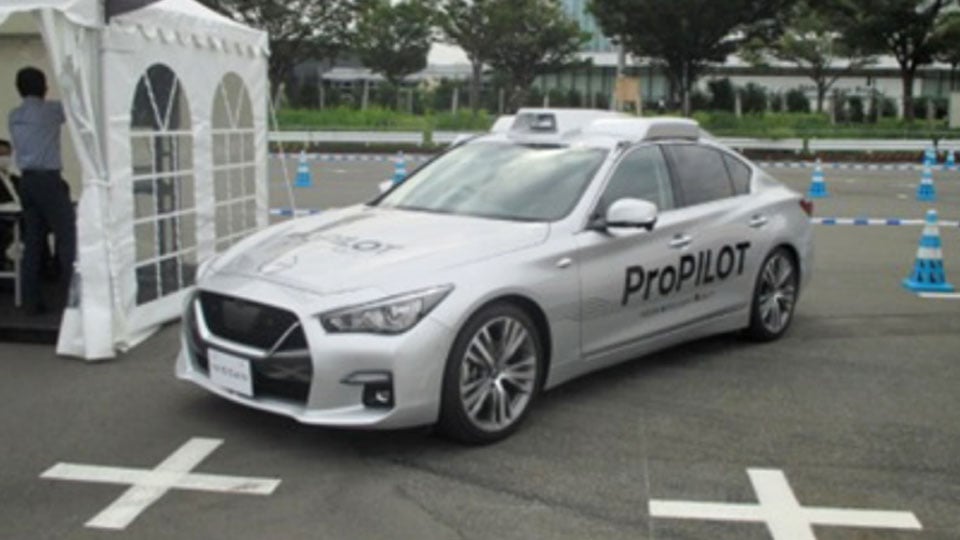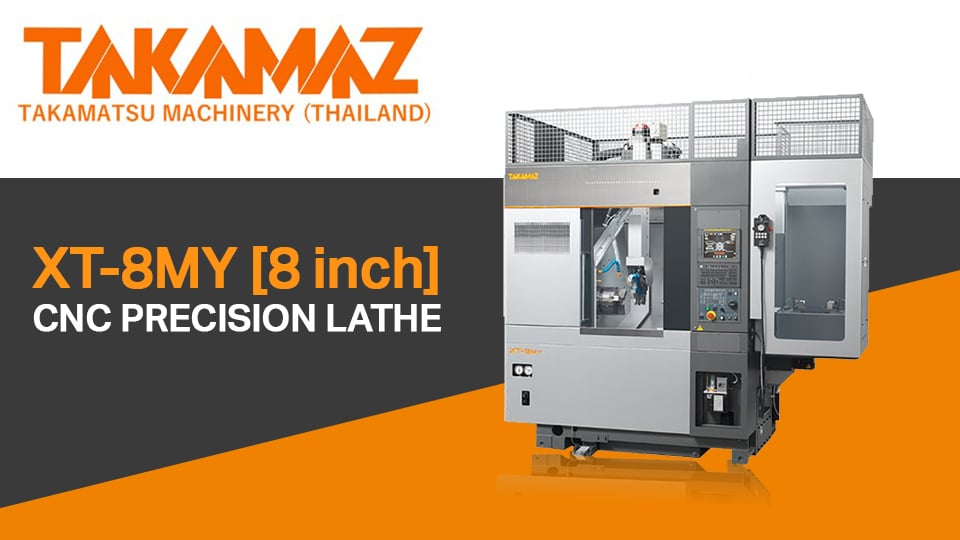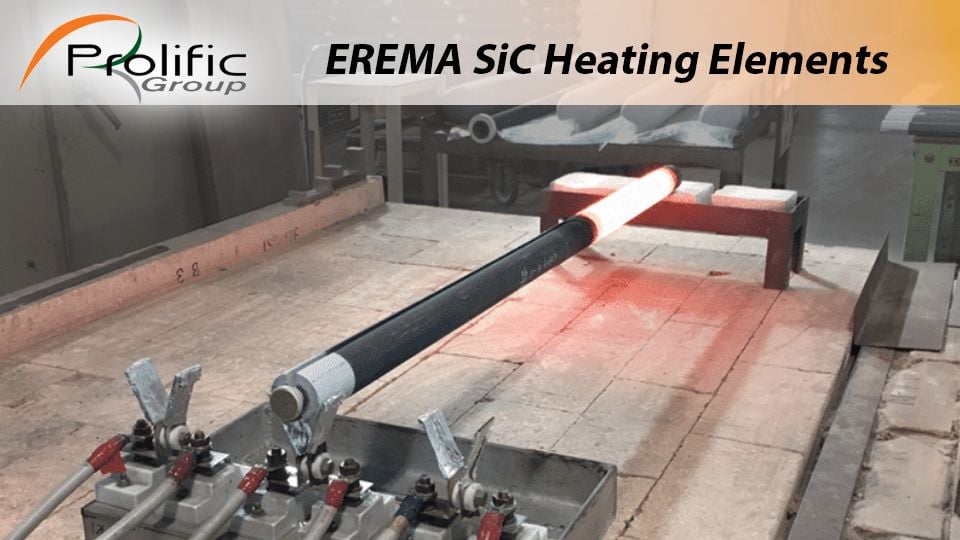
Driving the Shift from Automobile to Mobility: Full Automation with Driving Assistance
It is known that fully automated driving is still at the time of technological development and that will be gradually deployed in service vehicles before expanding to passenger cars, however, passenger cars will have more advanced driver assistance systems.
Japan, 19 July 2023, Mr. Minoru Kamata, Director of the Japan Automotive Research Institute, provided an update on the progress of the driver assistance system, a key factor driving the transformation from traditional automobiles to a broader mobility concept.
The driving support system has evolved due to the Advanced Safety Vehicle (ASV) Project by the Ministry of Land, Infrastructure, Transport, and Tourism. The main focus is on automatic braking, which initially aimed to reduce damage by applying sudden braking just before a collision. However, Volvo's approach shifted the focus to collision avoidance, leading to a trend in that direction.
In addition to automatic braking, other driving automation features have progressed. Cruise control now includes speed adjustment based on the preceding vehicle, and lane-keeping on highways has gained popularity. Responses to pedal misapplication have been implemented, indicating advancements in driving automation.
On the other hand, the automatic braking system, initially designed primarily for collision prevention, is expanding its scope. It will soon adapt to include pedestrians, bicycles, nighttime scenarios, and even intersections.
The number of vehicle models with such advanced driving support functions has increased, and there's a defined category of "safe driving support vehicles" (support cars). A subsidy system has been introduced to promote the adoption of these features, resulting in nearly all new vehicles being equipped with this type of functionality.
While these measures have significantly reduced minor accidents, it's essential to recognize that there is a level of inactivity and malfunctions present. It's cautioned not to overestimate the system's capabilities as being universally applicable for all scenarios.
Kamata has expressed expectations for expanding additional functions in the future. Currently, lane-keeping is often done at speeds of 60 kilometers per hour or higher. However, if it can be achieved at lower speeds, it could reduce the number of accidents caused by improper turns, a common occurrence among elderly drivers. Additionally, if correct stopping at intersections can be achieved, it would lead to a reduction in accidents caused by collisions without stopping.
To improve these functions, it is necessary to enhance road environment perception with sensors and cameras, as well as the use of actuators. The development of both driving assistance and full-fledged autonomous driving technology is making significant progress. It is certain that increasing operational functions may incur higher costs, but if the majority of driving support functions become standard equipment, we can expect lower costs through mass production.
#Mobility #AutonomousVehicles #ADAS #Japan #Mreport #ข่าวอุตสาหกรรม
Source: Nikkan Kogyo Shimbun






